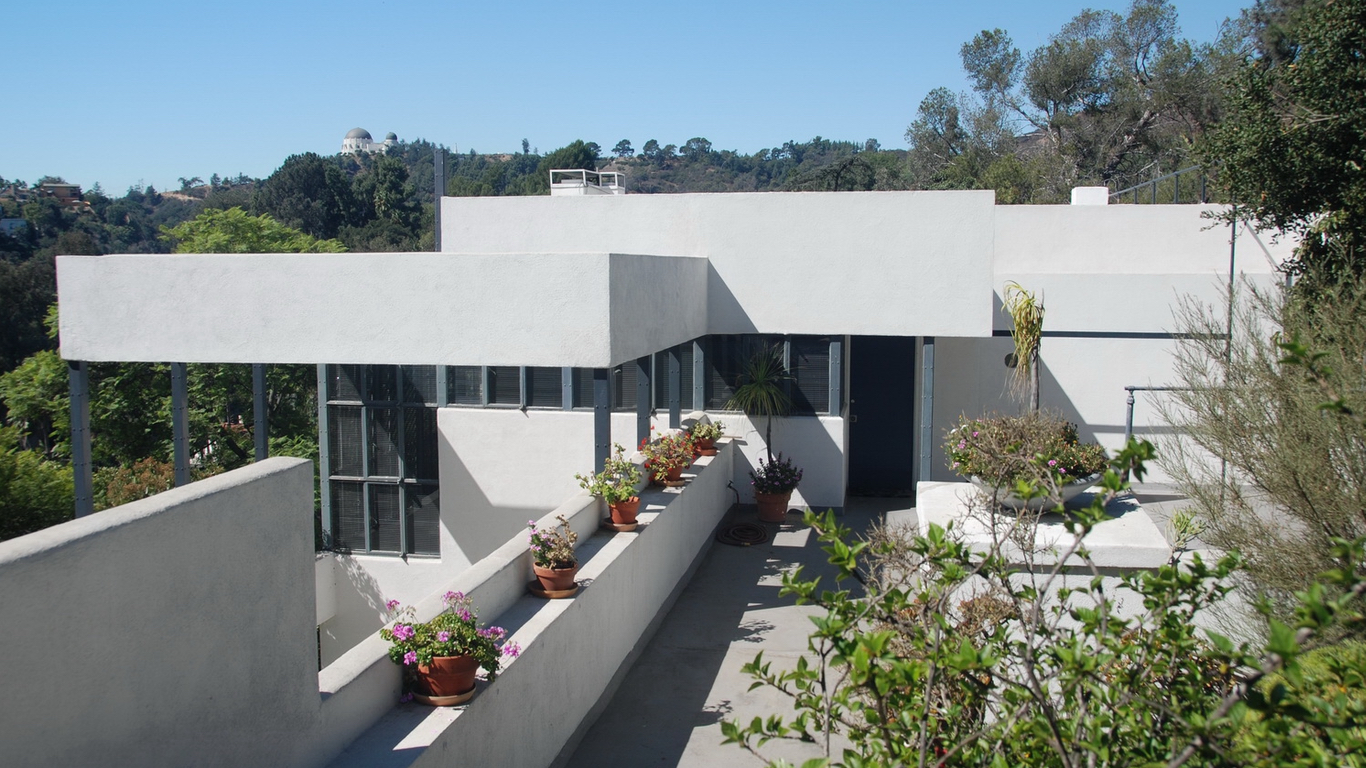
Richard Neutra, a pioneering architect of the modernist movement, made a profound impact on the architectural landscape of the 20th century. Born on April 8, 1892, in Vienna, Austria, Neutra developed a passion for design and architecture at a young age. He studied at the Technical University of Vienna under renowned architects Adolf Loos and Otto Wagner, whose teachings influenced his architectural philosophy.
After serving in World War I, Neutra traveled extensively throughout Europe, immersing himself in the emerging modernist movement. In 1923, he relocated to the United States and settled in California, where he would make significant contributions to the architectural scene.
Neutra’s architectural style was characterized by simplicity, functionality, and a deep respect for the natural environment. He believed in creating harmonious relationships between buildings and their surroundings, emphasizing the integration of indoor and outdoor spaces. Neutra’s designs often featured clean lines, open floor plans, and extensive use of glass, allowing for an abundance of natural light and a seamless connection to nature.
One of Neutra’s early successes came with the completion of the Lovell Health House in Los Angeles in 1929. This iconic residence showcased his innovative use of materials and his commitment to creating living environments that promoted physical and mental well-being. The house, with its floating terraces, sweeping views, and modernist aesthetic, catapulted Neutra to international acclaim.
Throughout his career, Neutra continued to push the boundaries of modernist architecture. His designs included private residences, public buildings, and commercial structures. Notable works include the Kaufmann Desert House in Palm Springs, the VDL Research House in Los Angeles, and the Case Study Houses, which were experimental homes designed for Arts & Architecture magazine.
Neutra’s architectural philosophy was deeply rooted in humanistic principles. He believed that architecture should enhance the lives of its inhabitants, providing them with spaces that promote physical and emotional well-being. His designs incorporated elements such as natural ventilation, passive solar heating, and strategic placement of windows to maximize views and connection to the outdoors.
In addition to his architectural practice, Neutra was a prolific writer and lecturer. He published several influential books, including “Survival Through Design” and “Life and Human Habitat,” which further cemented his reputation as a thought leader in the field of architecture.
Richard Neutra’s impact on the architectural world extended beyond his own designs. He mentored many aspiring architects and influenced subsequent generations with his innovative ideas and philosophies. His work continues to inspire architects and designers around the world, and his legacy remains a significant part of architectural history.
Neutra’s dedication to blending functionality, aesthetics, and a deep understanding of human needs set him apart as a visionary architect. His designs reflect his commitment to creating spaces that embrace the natural environment, prioritize human well-being, and embody the principles of modernist architecture.
Richard Neutra’s contributions to the field of architecture are invaluable, and his legacy as one of the pioneers of modernism continues to shape the built environment. His innovative designs, commitment to sustainability, and his belief in the transformative power of architecture have left an indelible mark on the architectural world, ensuring his enduring influence for generations to come.
Select Projects:
Jardinette Apartments, Los Angeles
Van der Leeuw House, Los Angeles
Lovell House, Los Angeles
Laemmle Building, Los Angeles
Largent House, San Francisco
Strathmore Apartments, Los Angeles
Leon Barsha House, Pacific Palisades
Landfair Apartments, Los Angeles
Geza Rethy House, Sierra Madre
John Nesbitt House, Los Angeles
Kaufmann Desert House, Palm Springs
Joseph Tuta House, Palos Verdes
Moore House, Ojai
Connell House, Pebble Beach
Gettysburg Cyclorama, Gettysburg National Military Park
Rice House, Richmond Virginia
More Reading:
This sucks
More To Read two